Cross Channel Strategies | Connecting OOH | Digital Marketing

In today’s fast-paced marketing landscape, relying on a single advertising medium is no longer enough. Brands are turning to cross-channel strategies to create seamless, high-impact campaigns. One of the most powerful combinations is integrating Out-of-Home (OOH) advertising with digital and social media. When executed right, this fusion enhances reach, reinforces messaging, and drives measurable engagement across platforms.
What is Cross-Channel Marketing?
Cross-channel marketing involves coordinating your brand
message across multiple platforms—ensuring consistency while leveraging each
channel’s strengths. Instead of siloed campaigns, brands can create a 360-degree
customer experience, guiding the audience through a journey from awareness
to action.
Why Connect OOH with Digital and Social?
OOH—think billboards, transit ads, digital signage—is
experiencing a revival, thanks to digital transformation. When blended with
digital and social media, OOH becomes a powerful launchpad for
multi-platform storytelling.
Here’s why the connection works:
- OOH
Drives Awareness, Digital Drives Action
A well-placed billboard builds top-of-mind recall, while digital and social channels allow immediate interaction, like clicking a link, watching a video, or following a page. - Amplification
Through Social Sharing
Eye-catching OOH creatives often get snapped and shared online, generating earned media and organic engagement. - Targeting
and Retargeting Synergy
With mobile data and geolocation, you can retarget audiences who saw your OOH ad with personalized digital ads—creating a highly targeted, memorable brand touchpoint.
Effective Strategies to Connect OOH with Digital &
Social
1. Unified Creative Messaging
Ensure your core message, tone, and visual identity remain
consistent across all channels. Whether it’s a highway billboard or an
Instagram story, your audience should immediately recognize your brand.
2. Use QR Codes and Hashtags
Adding QR codes, branded hashtags, or social handles to your
OOH assets bridges the offline-to-online gap. This encourages people to take
immediate action—scan, search, or share.
3. Leverage Geo-Targeted Ads
Use geofencing and mobile data to serve digital ads to
users near your OOH locations. This drives relevance and increases the
chance of converting interest into action.
4. Influencer & UGC Integration
Encourage influencers or everyday users to engage with your
OOH campaign. Whether it's snapping a photo in front of a mural or reacting to
a transit ad, this fuels authentic content and expands your digital
footprint.
5. Real-Time Social Extensions
Sync your OOH messaging with real-time social media
campaigns. For example, run a Twitter poll that relates to a billboard message
or update digital signage with trending user content in real-time.
Examples of Cross-Channel OOH Success
- Spotify
Wrapped
Spotify’s yearly "Wrapped" campaign uses OOH to spotlight quirky user data, which then explodes across social platforms. It’s a masterclass in data-driven storytelling across channels. - Nike’s
Interactive Billboards
Nike has deployed interactive OOH experiences encouraging people to scan, share, and interact—blending physical presence with digital engagement.
Measuring Success
To track the impact of cross-channel OOH campaigns:
- Use custom
landing pages or UTM codes tied to QR scans or social links.
- Monitor
social mentions, shares, and hashtag use.
- Leverage
location-based analytics to measure footfall and digital engagement
near ad placements.
Final Thoughts
In a hyperconnected world, cross-channel strategies aren’t
just optional—they’re essential. By aligning OOH with digital and social
media, brands can maximize their visibility, deepen engagement, and convert
attention into action. It’s time to stop thinking in silos and start building
integrated experiences that move people—both physically and emotionally.
Elyts Advertising and Branding Solutions | www.elyts.in (India) | www.elyts.agency (UAE)











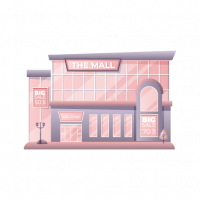





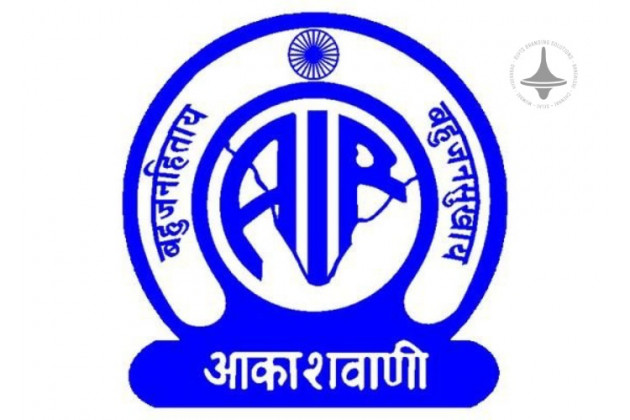
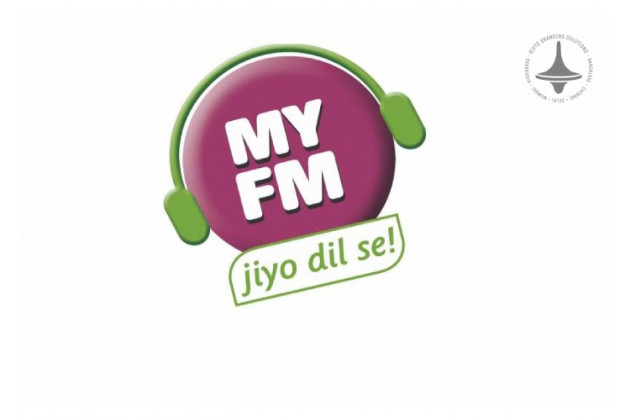
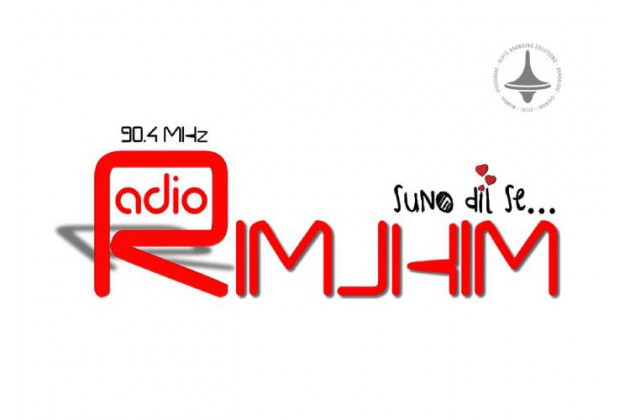

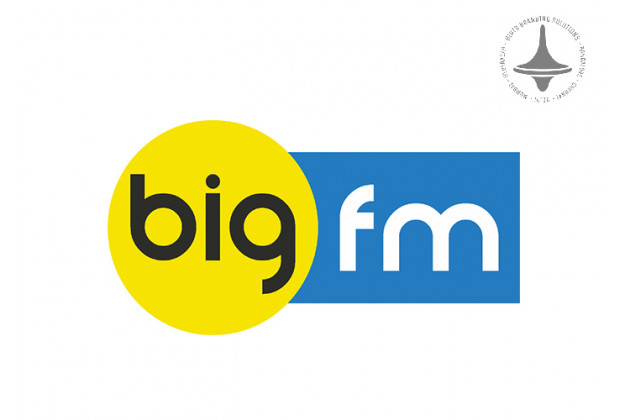
Leave a Comment